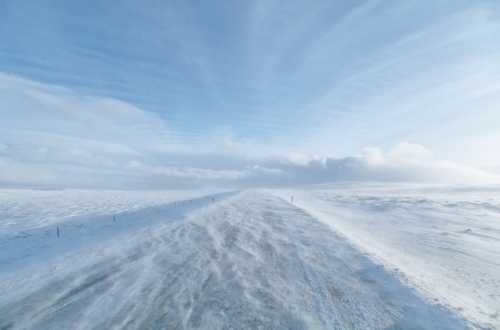
Write texts for robots to be read by humans.
Web design is often just the … design of a website, in the sense of photos, images, graphics, layout. You rarely hear anything about “web texting”.The design for search engines is secondary, because you google, as far as I know, still with text (or language) and do not paint a palm tree on the screen if you want to book holidays.
Who do you write texts for? Maybe for people? Note that Google does not send people to search for websites, but robots, with other names Webcrawler or Googlebots! And they use their own algorithms to calculate which results should be at the top of the search engine. So whether a website is at the top is not decided by humans, but by robots. No matter how flowery and emotional texts, you can write – people only click on what the search engine robots have placed at the top.
On Google, you have to be placed at the top for the link to your website to be clicked on at all. And it is almost only clicked on what is on the first result page. An improvement from the 6th to the 1st. By the way, position on Google improves the click-through rate by about ten times.
So write texts that robots like, as hair-raising as that may sound. How? By designing the keywords or text in such a way that search engines react to them first and foremost. Neither the clever copywriter nor the creative web designer knows exactly how to deal with the mysterious Googlebot (is this probably the Google god?) so that it hears it.
Here’s how to dress up in the digital web crawlers:
1) Analyze from the user’s point of view what they are looking for in order to get to your website.
2) Define precise and profiled keywords that the search engine rates well.
3) Use these keywords generously in your visible texts (titles, image descriptions) and also in the invisible meta tags.




